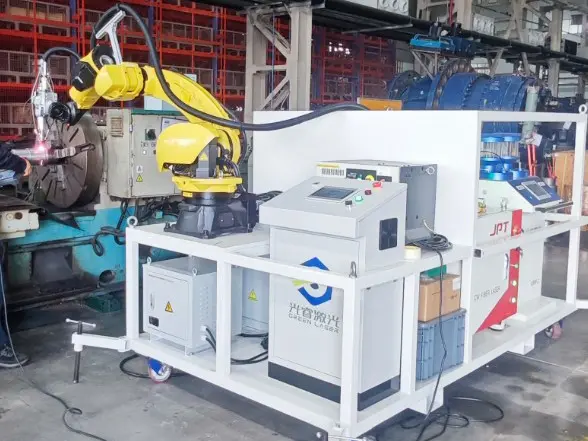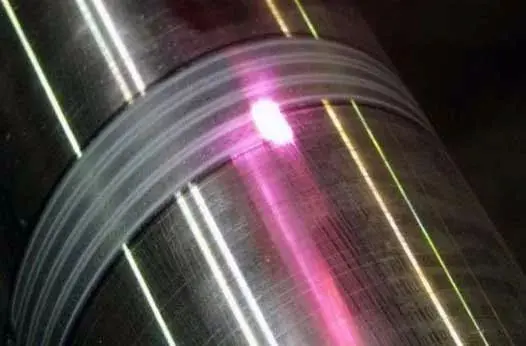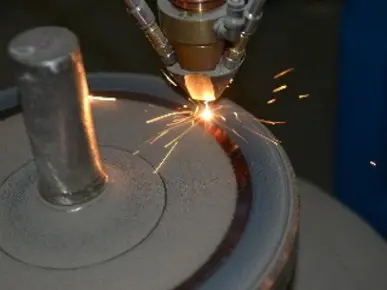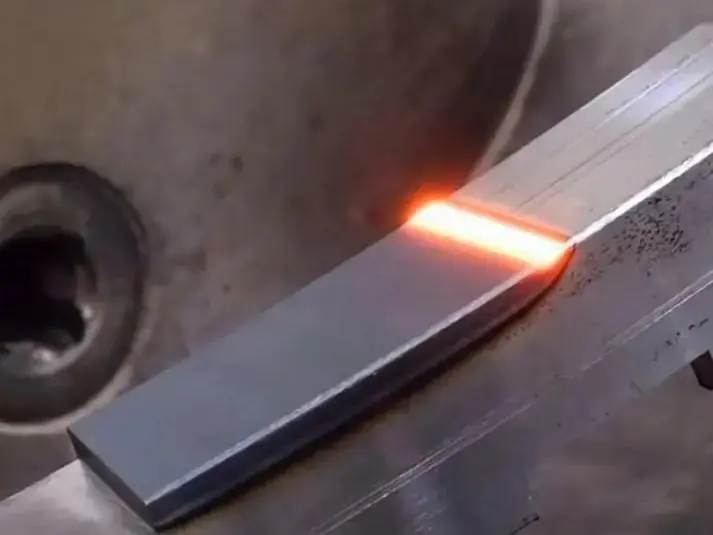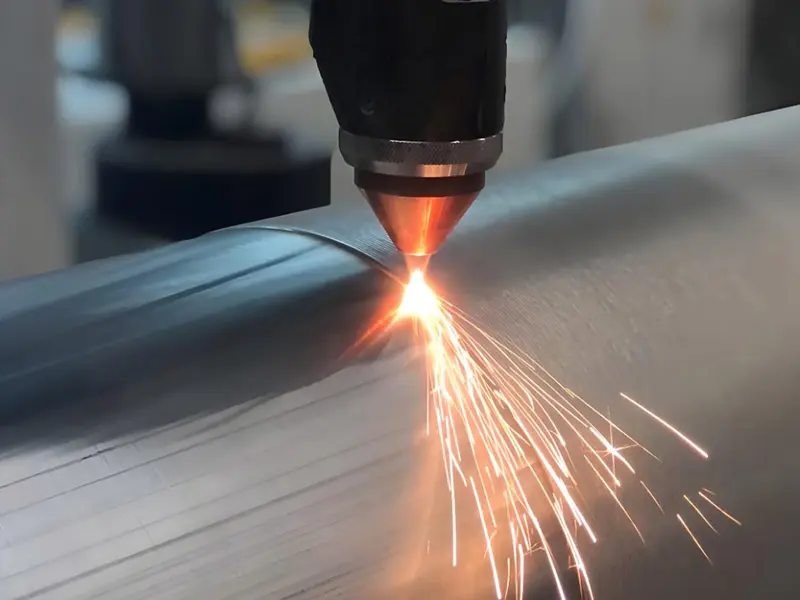Advantages of laser cladding processing of sucker rods
Sucker rods are an indispensable and important tool in the process of oil extraction. They work in harsh environments for a long time and are susceptible to various damages such as wear and corrosion, which shortens their service life and increases the frequency of replacement, bringing considerable cost pressure to oil field production. However, with the development and application of laser cladding technology, the repair and reuse of sucker rods has become possible, which not only greatly reduces the cost of oil production, but also improves the overall economic benefits of the oil field.
1. Principle of laser cladding repair processing technology for sucker rods
Laser cladding repair processing of sucker rods is an important branch in the field of material surface modification technology. By definition, it uses a high-energy laser beam as a heat source to accurately deliver specific alloy powder to the damaged part of the sucker rod. Under the high energy of the laser beam, the alloy powder melts rapidly and melts simultaneously with a thin layer of material on the surface of the sucker rod matrix. After rapid cooling, a cladding layer that is metallurgically bonded to the matrix is formed on the surface of the sucker rod.
2. Compared with traditional repair methods, laser cladding repair processing of pump rods has significant advantages, which are mainly reflected in the following aspects:
1) High metallurgical bonding strength: Laser cladding uses a high-energy laser beam to slightly melt the surface of the workpiece, and at the same time completely melts the alloy powder to form a dense coating that is metallurgically bonded to the substrate. This bonding method not only has high strength, but also has a dense coating structure without defects such as cracks.
2) Wear resistance and corrosion resistance: Laser cladding can form an alloy layer with excellent corrosion resistance and wear resistance on the surface of ordinary carbon steel workpieces, thereby significantly improving the wear resistance and corrosion resistance of the pump rod and extending its service life.
3) Reduce costs and energy consumption: Laser cladding technology can prepare high-performance alloy surfaces on low-cost substrates, saving material costs. At the same time, due to the small heat input and deformation of the laser cladding process, the subsequent processing volume is small, which further reduces energy consumption and processing costs.
4) High cladding quality: The coating obtained by laser cladding has a low dilution rate (generally less than 5%) and is firmly metallurgically bonded or interfacially diffused with the substrate. In addition, the coating composition and dilution are controllable, ensuring the high quality of the coating. 5. Good flexibility: Laser cladding technology can achieve precise cladding repair of complex-shaped workpiece surfaces, and is suitable for repairing pump rods of different materials and shapes.




